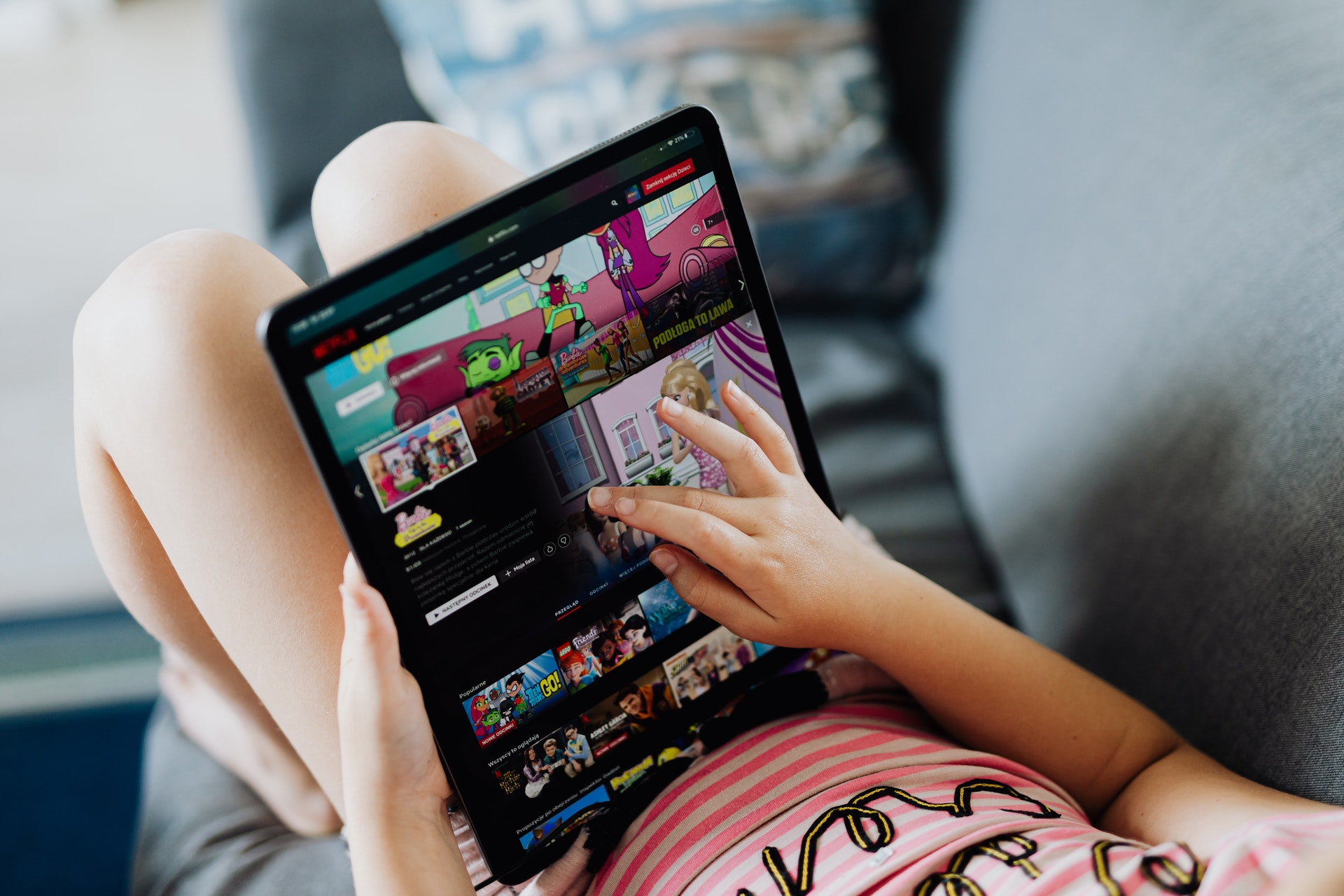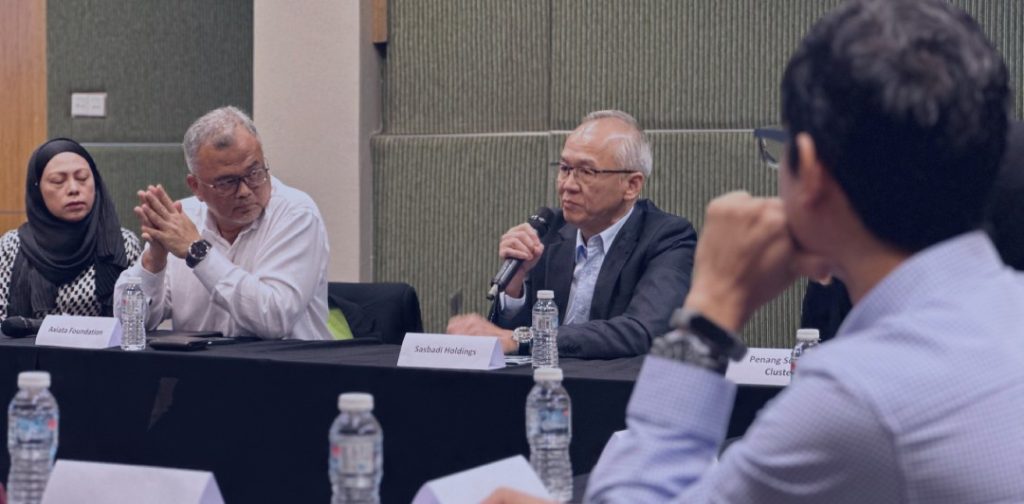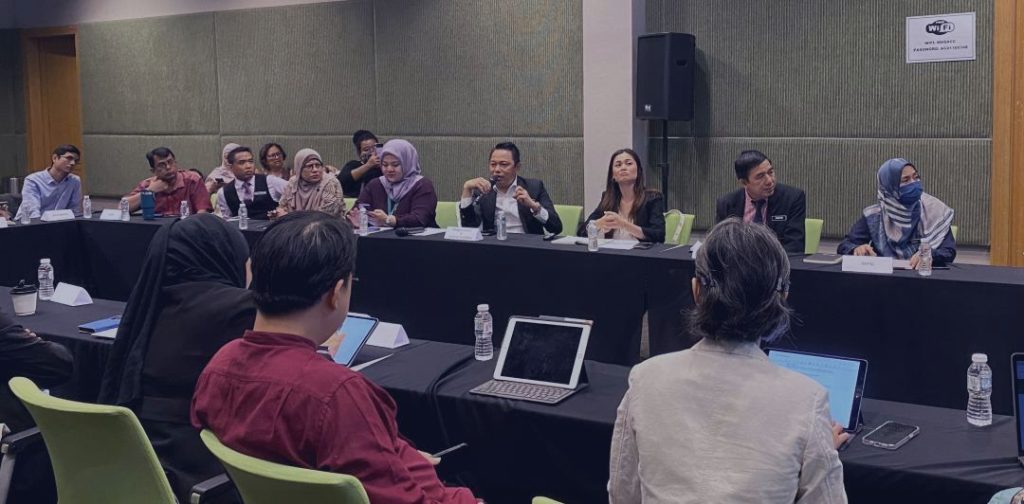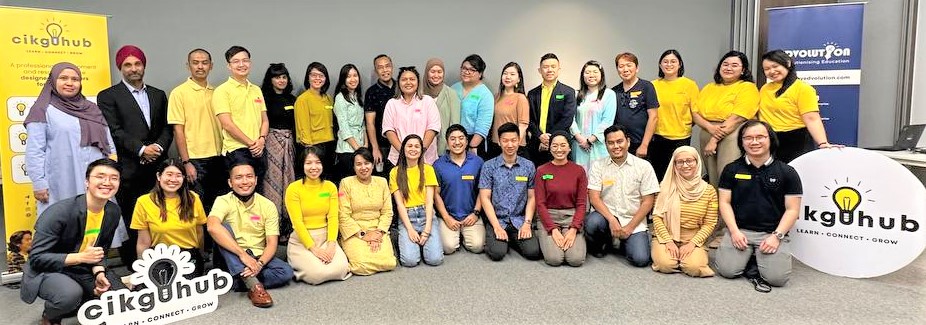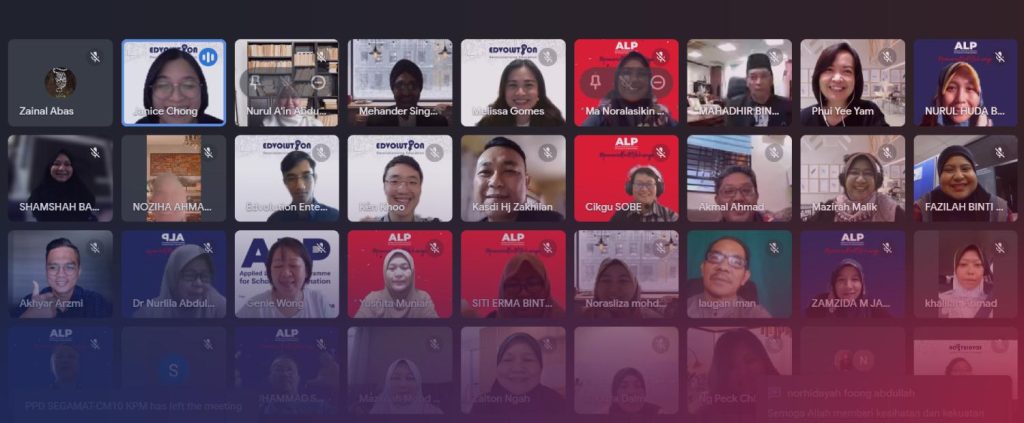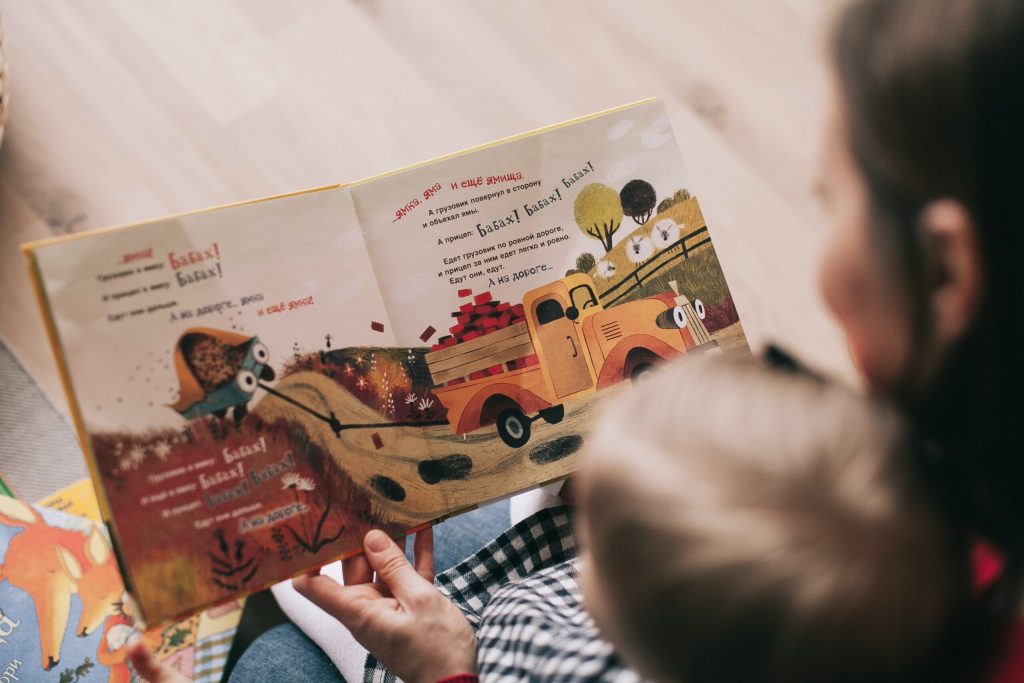By Ain Shuhada
18 June 2022
Since the birth of animation over a century ago, cartoons have become a quintessential part of almost every kid’s childhood. Growing up, boys and girls dream of becoming like their favourite cartoon characters. Technology today allows children to access all kinds of cartoons and animation at an early age, and a child could easily spend a huge amount of time every day watching cartoons, left unsupervised.
As a result, parents tend to view cartoons as wasted time, and may stop their children from watching too many hours of cartoons to discourage that behaviour. However, is that really true? Parents may be interested to learn that, in fact, watching cartoons has been found to be beneficial for early childhood language learning development in kids.
How cartoons help with language acquisition
Dr Maria Montessori believed that children learn by absorbing the information around them. They prefer the process of learning to be natural and not formal. The same is true for when a child is learning a language. Language acquisition is an organic process that occurs during childhood in which children understand and collect information regarding a language. Language acquisition often occurs by instinct, does not require specific instruction, and leads to long-term memory of new vocabulary learnt by the child.
Language acquisition is also greatly helped by a multisensory learning approach, where children use some or all of their five senses simultaneously while learning new information. For example, if a child is learning about the term “ice cream”, parents can help speed up the learning process by repeating the words “ice cream” to their child while showing them pictures of it. Parents can also engage the other senses by letting their child observe an actual ice cream while touching and interacting with it. Through this, the child will also acquire information on the smell of an ice cream as well as its colours, temperatures and texture. With the assistance of sensory activities, the process of acquiring information becomes easier for the child. Just like the ice cream example, cartoons are also effective tools for the language acquisition process as it involves at least two kinds of sensory play, which make them an effective activity for helping children develop their language skills.
Cartoons engage children through visual and auditory stimulation, both of which encourage and accelerate word processing in children’s brains, which more strongly embeds the meaning of the words and their usage in daily life. Children are able to observe and understand the context of new words simply by watching and listening to how characters use language — a much simpler process than learning through dictionary definitions.
“Edutainment” — fun learning equals effective learning
Additionally, the funny and inoffensive subject matter of most cartoons engage children positively. This positive environment further helps the learning process. For instance, many of the songs and short stories in Didi and Friends appeal strongly to children with their cheerful melodies and vibes, and further reinforces the learning process while keeping it fun and light.
As cartoons already engage two of the five senses, parents can integrate additional multisensory activities to also include the three other senses, if desired. Another easy way to improve the learning process is to turn on captions for cartoons, which provides a visual reinforcement of any new words and can train a child’s reading ability too. This supports more holistic language acquisition through an integrated learning approach.
The simple-to-grasp language and scenarios in cartoons makes the learning process intuitive and effortless. Through stories that are easily relatable to children, cartoons are able to engage across a broad range of language skill levels while allowing children to learn subconsciously. Stories in cartoons can help children become more curious, learn to problem solve, broaden their horizon, and see things in new perspectives. An important emphasis in early childhood education is natural learning — that is, letting children discover the wonders of language and the world by themselves, rather than through structured, formalised instruction.
Children also learn by observing and mimicking the behaviour of others. This is part of the reinforcement process for new information through repetition. Language acquisition requires repetition of new words to allow children’s minds time to process the information. Though repetition can be provided by parents or teachers in their conversations with the child, there is also another easy source — cartoons. Cartoons often repeat words and phrases in rhyming songs which helps a child to absorb new vocabulary and by singing along, the child practises their pronunciation of the new words too.
But remember, all things in moderation
That said, while cartoons are undoubtedly a useful tool for a child’s language acquisition, all things are bad in excess. As parents and guardians, our role is to set safe and healthy limits for our children, which includes setting up a system or schedule to moderate the amount of cartoon time, and the kinds of content they watch. Children very often are unable to question or verify the information they receive, so it is our duty to shield them from harmful content, and to ensure they are learning from a variety of sources. In addition to Didi & Friends, some other popular cartoons with an educational angle include Upin & Ipin, Dora the Explorer, and Peppa Pig.
Lastly, it also bears stressing that even with the wide variety of educational cartoons available, animations on screen can only do so much for a child’s language acquisition and childhood development. Parents should view cartoons as a tool, not as a substitute for human interaction and parental love, as the most important experiences for a child are still the interpersonal ones.
Ain Shuhada is a Curriculum Designer at Edvolution Enterprise. Her area of interest is in early childhood literacy, in particular the most efficient sequences for letter learning in young children. Prior to joining Edvolution, she studied International Affairs and Management Studies at University Utara Malaysia.
While studying international affairs, international law and diplomacy, she realised education is the core that supports the growth of a community. As education has always been her passion since high school, she works hard to support the growth of Malaysia’s education system and strives to ensure the opportunity to educate oneself is accessible to all.

